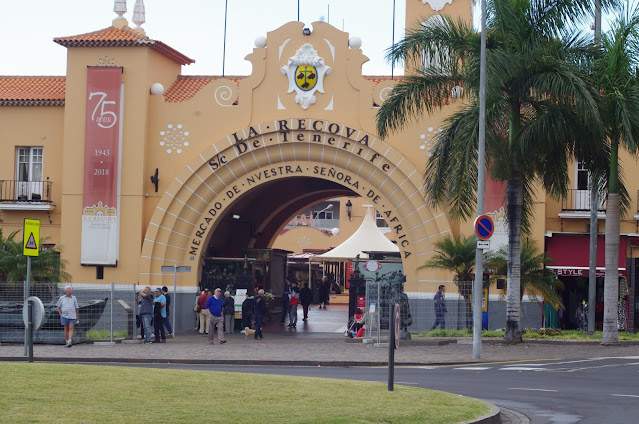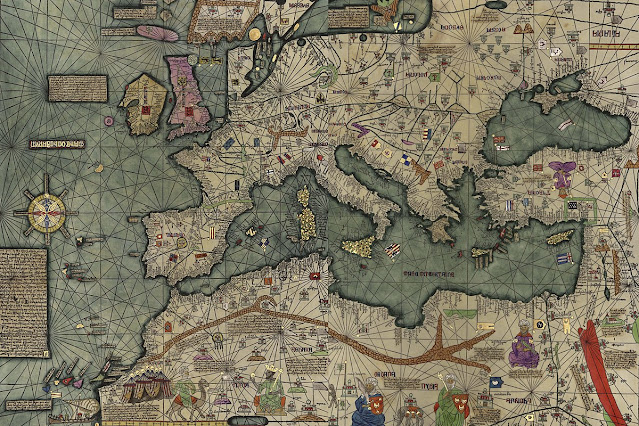Santa Úrsula Town Council remembers five women who took care of the health of the town's inhabitants for decades
There was a time, not too long ago, when the closest thing to a public health service was a neighbour. Women like Anastasia, Maruca, Juana, Antonia or Catalina who, for a good part of their lives, dedicated themselves to taking care of the health of their neighbours with the modest knowledge and materials that they were able to acquire. For decades they were in charge of assisting deliveries or injecting treatments at a time when going to the doctor was a luxury. The Santa Úrsula Council has remembered them, along with other prominent women of the municipality, through panels in the streets.
The mayor of the town, Juan Acosta, a doctor by profession, acknowledges that these women carried out "fundamental and extraordinary work with very rudimentary means." He remembers that their work made up for the lack of doctors in a time when "there was generally one doctor for three or four towns." This is the story of three midwives and two practitioners from Santa Úrsula.
Anastasia
Anastasia Hernández Delgado was born in Santa Úrsula on December 25, 1905 and died on December 1, 1990, at the age of 85. She belonged to a humble family of farmers who resided in El Farrobillo. She was the mother of six children (Efigenia, Manuel, Avelino, Nazario, Carmen and Antonia) and a very hardworking woman, who always went to the fields to collect food, worked at home and also worked as a cook and midwife. Her family says that she "helped many women in this municipality and neighbouring municipalities to give birth to their children at home."
María Candelaria
María Candelaria Abreu Gutiérrez, known as Maruca, was born on November 15, 1926 and died on April 18, 2014. Her relatives remember that “she began to give injections in 1958, shortly after returning from Cuba, where she emigrated between 1952 and 1957. She started practicing unexpectedly, since the doctor Don Valerio prescribed some injections for her father and the person who had to give them was not there, so he taught her how to do it. She spent many years with this practice, both day and night. Her relatives came to look for her and accompanied her back, always walking. She never got paid. People gave her potatoes or vegetables as a thank you. In 1975 she changed her address and moved from El Farrobillo to Santa Úrsula, but people kept coming to her house to look for her. For 25 years she had a glass syringe and three needles of different lengths. The doctors in the area (Don Valerio, Don Alfonso, Don Ventura or Don Gil), drew her the amount that she had to extract from her bottle, so that she did not make a mistake. She always boiled water to disinfect syringes and needles. "She never had any infection from the thousands of injections she gave," her family recalls.
Juana
Juana González Delgado, known as Juana La Gaga, died at age 65 on October 3, 1961. She had nine children (Adriana, Carmela, Venancio, Marcos, Alejandro, Gloria, Felipa, Marina and Dominga) and spent most of her life in Cuesta de la Villa. One of her daughters relates that “husbands came to look for her; they travelled on foot around neighbourhood and, on occasions, by donkey". When a delivery got complicated, she sent for Don Emilio Ruiz, a doctor from La Orotava. Juana never asked for anything in exchange for her services, but people gave her something of their harvest as a thank you.
Antonia
Antonia León Gómez, known as Antonica, was born on February 5, 1938 in La Corujera. She was the third of nine brothers and sisters from a humble family. From a very young age, she had the need to learn to give injections. Don Valerio, the doctor from La Victoria, taught her to inject by pricking a doll, because she had a rather sickly younger sister. She had no choice but to learn, at just 16 years old, to avoid having to travel daily. She used a glass injector that she had to boil before using. She bought the injector, the needles and everything necessary to be able to inject whoever asked. She never said no and she didn't charge.
Catalina
Catalina García was born in Santa Úrsula in 1890. According to her granddaughter, “while she looked after her house, the grounds and raised her five daughters, she also worked as a midwife”. She began assisting the mothers of La Tosca de Ana María and she became one of the first local midwives of the 20th century. This month is 53 years since her death.
Cuando la sanidad era una vecina






 After more than 20 years, posts here will now only be occasional (
After more than 20 years, posts here will now only be occasional (






































